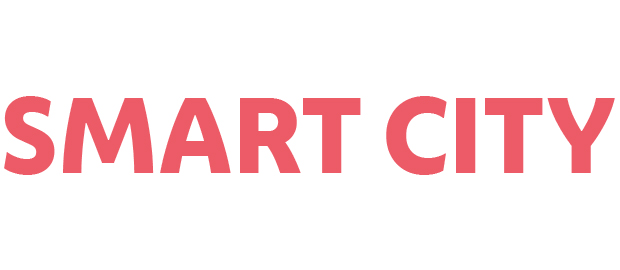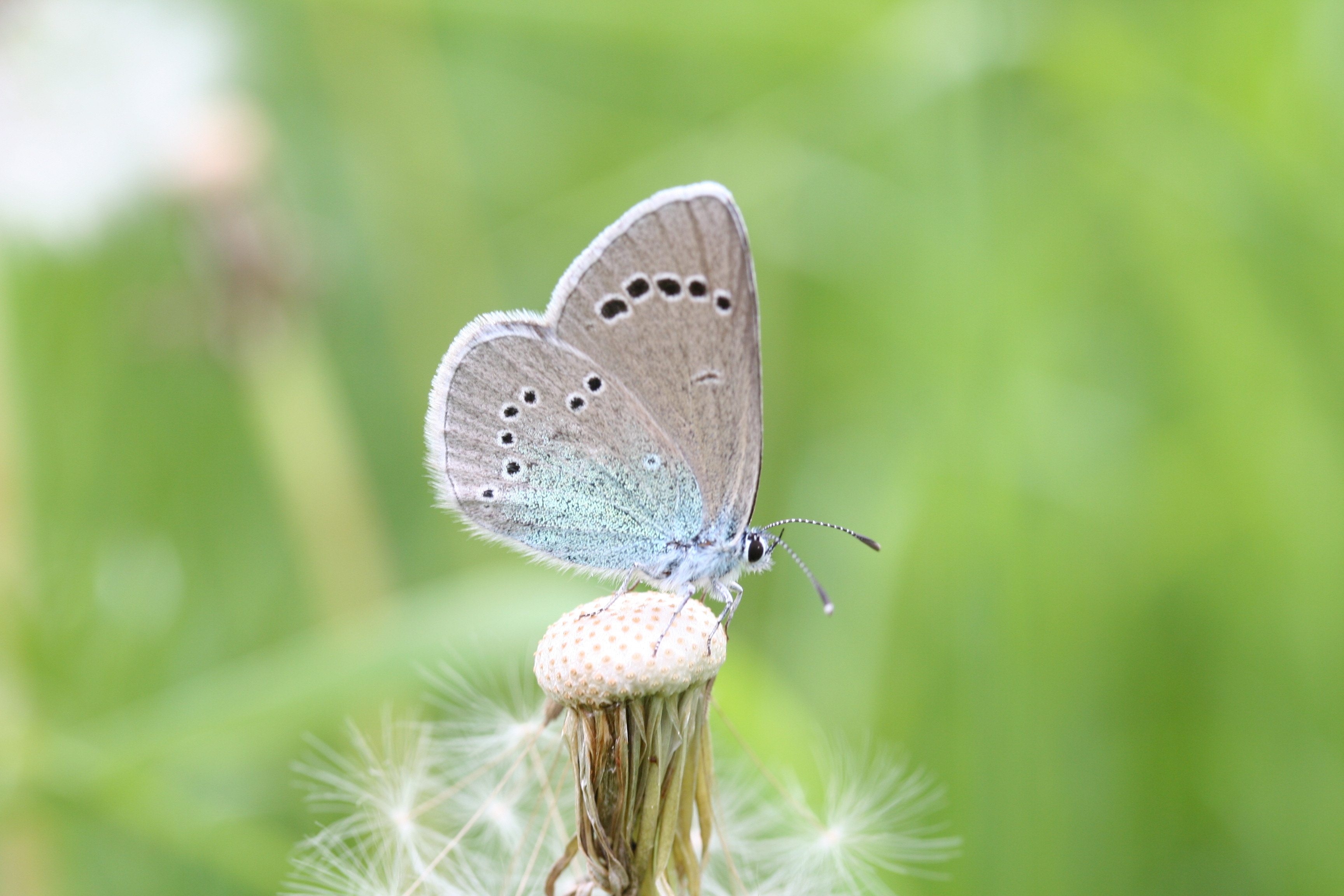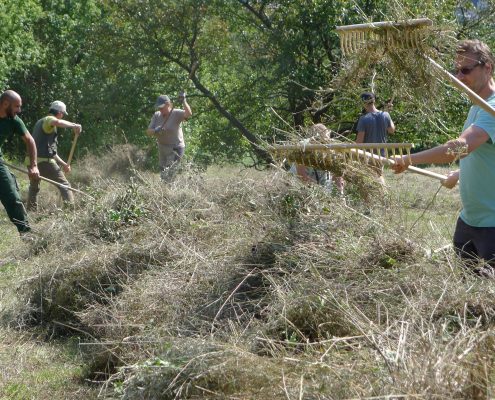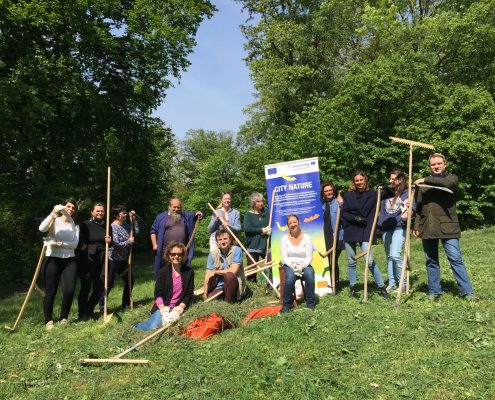In Vienna, knowledge transfer and communication from and about existing initiatives and activities is within the remit of the Municipal Department for Environmental Protection (MA 22). The Slovak project partner (Mestske lesy v Bratislave) plans to set up a dedicated information centre and focusses on environmental education measures involving experts and volunteers, e.g. maintaining areas of grassland, studying bat populations, etc. Both sides also engage in joint public outreach work – including, for instance, a cross-border “Biodiversity Day” which was held for the first time in Vienna in 2019. The project was launched in 2019 and is co-financed with funds from the Interreg SK-AT funding programme.
Public engagement
The Twin Cities actively involve their citizens in their efforts to preserve biodiversity. In operational terms, maintenance of the cultural landscape through grassland management plays a central role. By participating in maintenance activities or species monitoring, people see how important meadows are for preserving biodiversity. Besides meadow plants and the variety of insects they support, the focus is also on bats and common house martins, which are fitted with microtransmitters and/or subjected to monitoring (house martins).
The activities are designed to raise people’s awareness of the value of nature. The CITY NATURE website, launched in 2019, is an online platform that pools key information about the project, while a dedicated service point handles all specialist questions regarding flowered areas and animals on buildings in the context of urban development. Training sessions, interactive exhibitions, excursions, discussions and workshops round off the programme of activities.
Smart City Wien targets 50 per cent green space
Vienna and Bratislava are both green, species-rich cities connected by the green band of the Danube wetlands. Both cities are expected to see considerable growth in the coming decades, so the need for recreation areas and the pressure of intensive use are increasing. Nature conservation needs to be reconciled with the demands of the ever-increasing numbers of recreational visitors. The Smart City Wien Framework Strategy aims to maintain the city’s share of green space at over 50 per cent, which requires measures to be taken on buildings and in the recreation areas themselves. Good communication is also needed to spread awareness of the vital importance of the natural landscape among the general public.
Background
The CITY NATURE project is part of the Interreg V-A SK-AT cooperation programme, which is co-financed by the European Regional Development Fund (ERDF). The project comes under Priority Axis 2 (Promotion of natural and cultural heritage and biodiversity) and has a duration of 36 months (2019-2021) and a total budget of 1.67 million euro. The municipal administration of the City of Bratislava (MLB – Mestske lesy v Bratislave) acts as lead partner, with the City of Vienna’s Municipal Department for Environmental Protection (MA 22) as a project partner on the Austrian side. Other participants include DAPHNE Institute of Applied Ecology as a second project partner on the Slovak side, plus a further eight Austrian and Slovak strategic project partners who provide quality assurance.
Further information can be found here: www.city-nature.eu
Contact
municipal department 22 (Environmental Protection)
E-Mail: post@ma22.wien.gv.at
Website: www.city-nature.eu
This post is also available in: German






